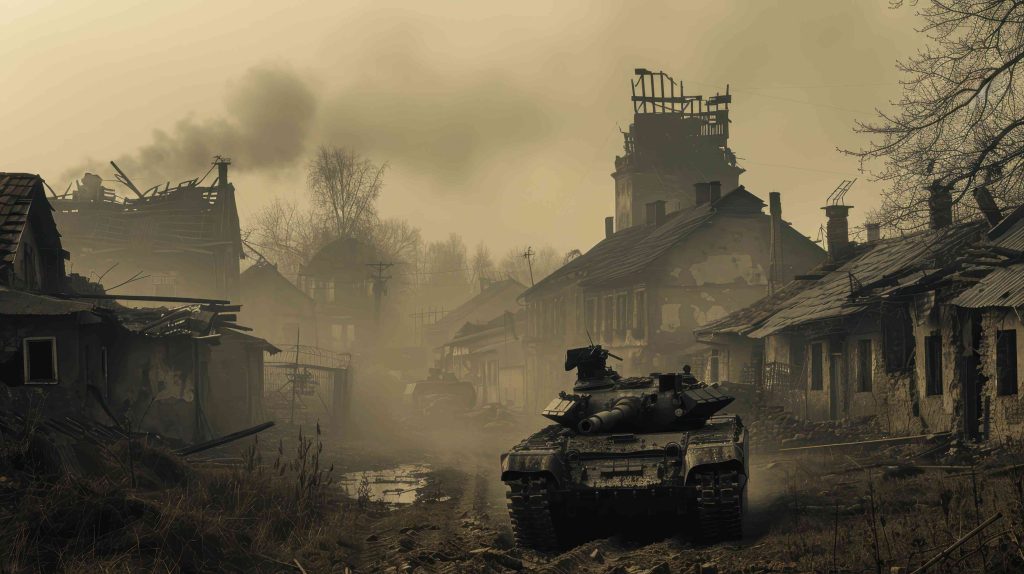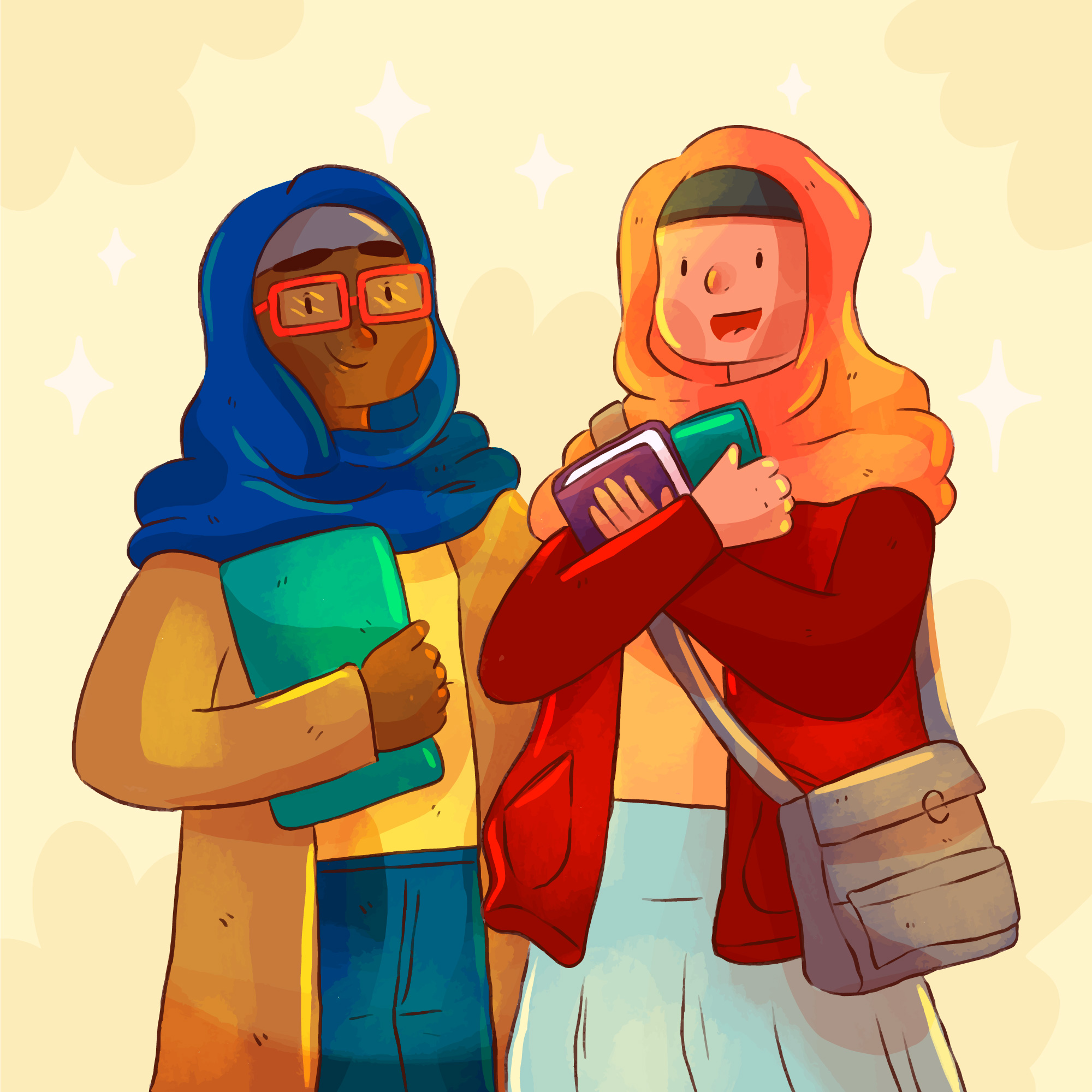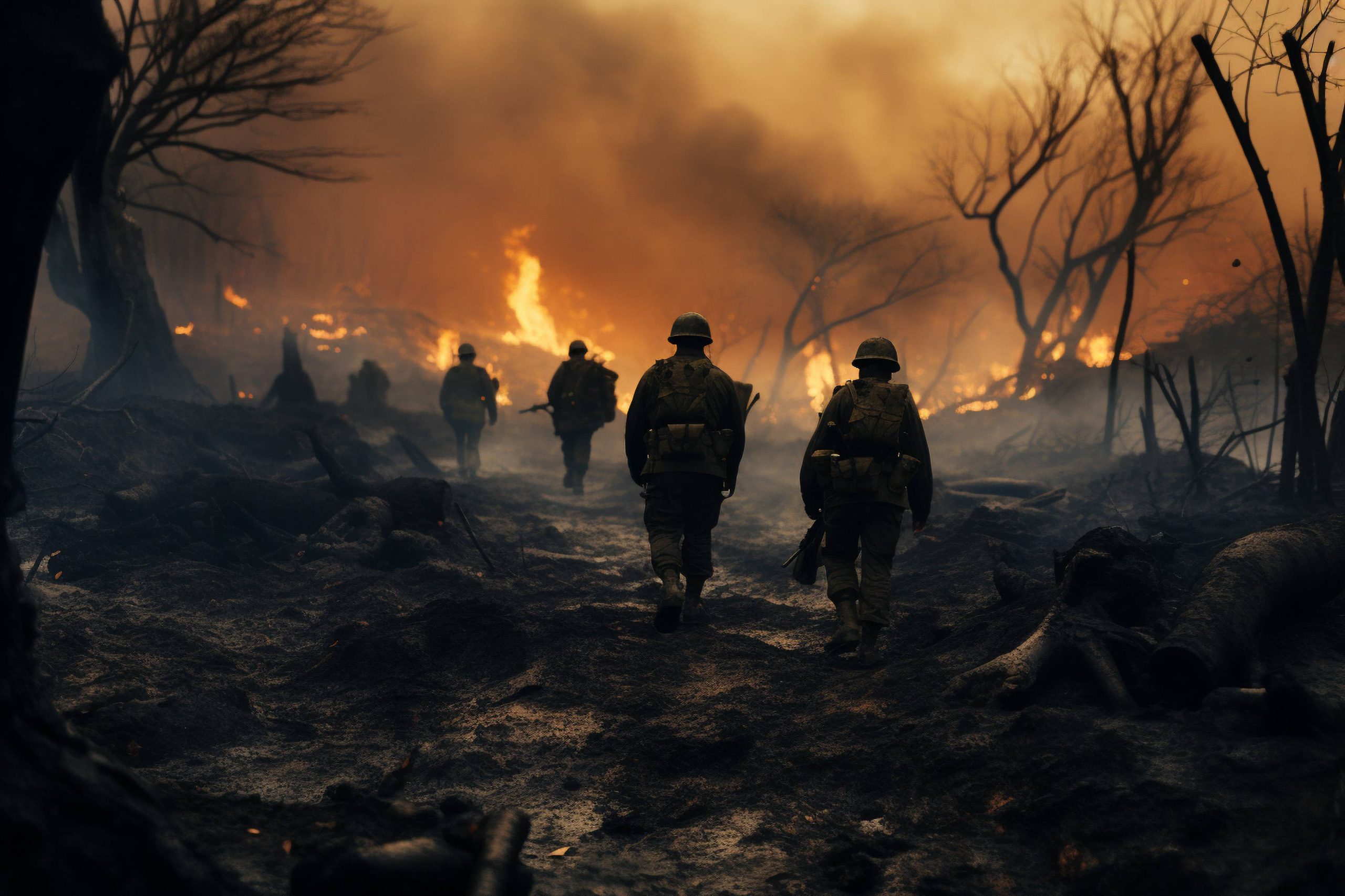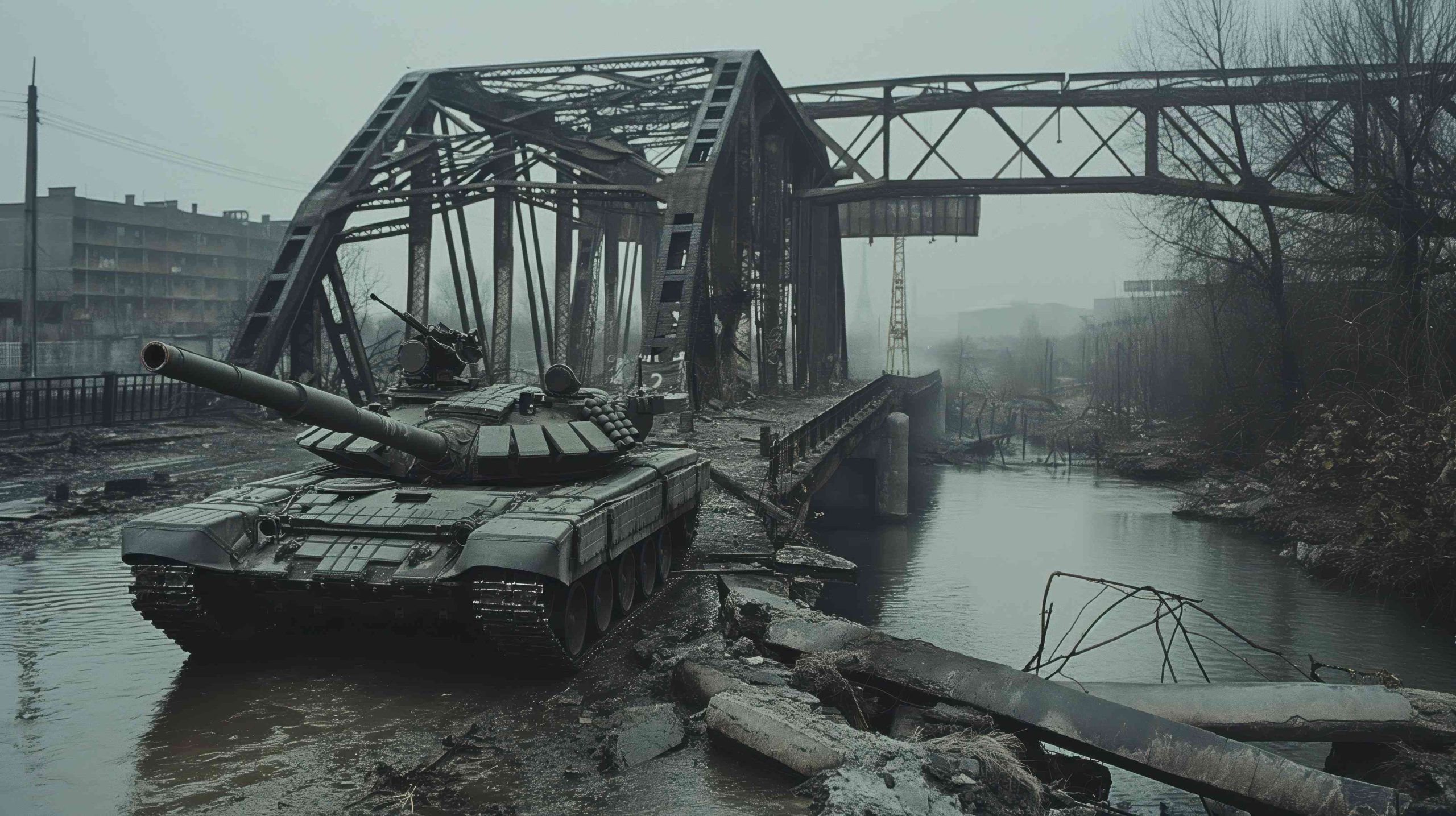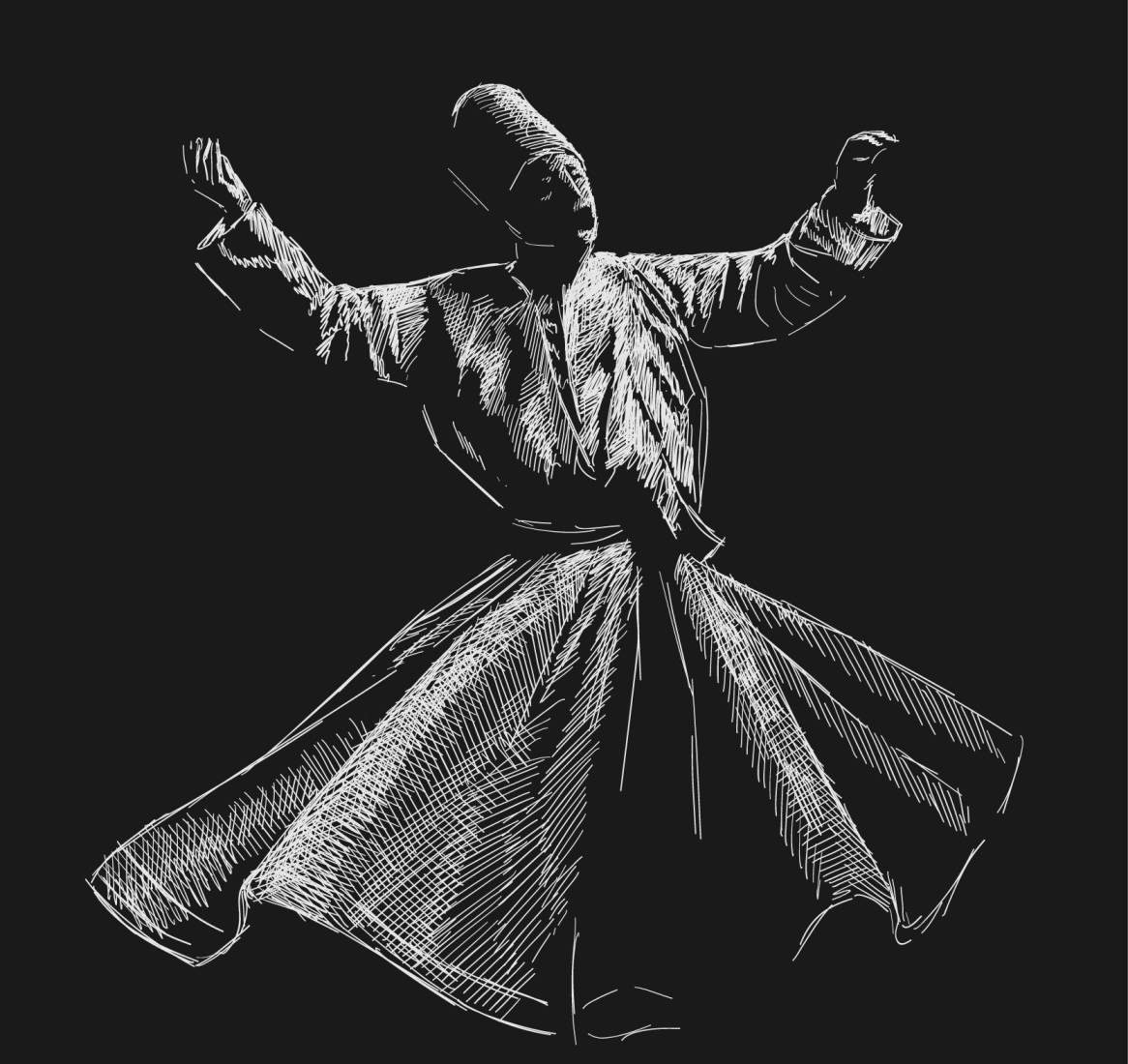The effects of the world’s greatest battle, the World War II, did not end at borders but went deeper into the cultural lives of Western and Eastern peoples. Changes took place after the war on social norms, standards for the expression of art, and political ideologies to alter dramatically the generations to come.
In the West, the setting of the culture occupied during the war was forever changed. One big change was that people had to come to accept the new reality that people began to take gender roles more seriously. More than any other time, women occupied places that men had all along occupied because of the absence of men in factories. This transformation could be signified by the figure of ‘Rosie the Riveter’ who represents that capability which women brought to the workforce. After the end of the war, many women returned to domesticity but were thrust into the wakefulness that’s indeed early signs of feminism – nothing less than the women’s rights movements of the 1960s and beyond. The new cultural narrative no longer assumed that women were to be only known for contributions to the home, thus setting the pace for creating a strong challenge that future generations pose to gender norms.
The environment was reconstituted really around literature and art after the war world. Violence and trauma became fertile grounds for innovative developments in literature, such as existentialism, focused on individual suffering and the search for meaning within a mad world. Worthy disciples such as Samuel Beckett and Albert Camus explored these themes while bearing the disillusionment that many felt after the war. So did the arts with, instead of realism, abstraction and surrealism that portrayed a different front of emotional tragedies into which the war had cast many. While it hardly represented the conflict, it did raise a broader question about values, culminating into an experimental form in literature and art, resonating the changing realities of life itself.
In Eastern countries, especially at the bit of Soviet influence, their cultural expression of the war will not be affected in this way. The war turned the Soviet Union into the superpower thus brought a unique cultural environment, which was predominantly filled with state propaganda. For the Soviet Union, cinema, literature, and visual arts were all done through the creation of nationalistic values and the Stalinist ideologies. An abundance of heroics performed by the Red Army, as well as almost all types of literature extolling the virtues of socialism, became norms. But that did not stifle independent voices; founded rich underground subcultures instead, where independent metaphor and allegory of dissidents did the talking within the context of the discussion on the Soviet regime. Alexander Solzhenitsyn is one of the names to crop up, bringing out the dark sides of totalitarianism.
By casting beams of intense light into every area of political action today, the unfortunate war event has brought forth cultural fusion and conflicts into shaping national identities in the East. It also kindled socialism and communism in several countries towards ever-emerging collectivism as they rejected Western imperialism, influencing their arts and literature in socialist realism. Generally, the post-war decolonization movement evoked newer modes of nationalism, especially in Asia, where countries developed identities to boot-off from the colonizers’ shadow. The writers and artists started exploring themes of culture, tradition, and freedom struggle, adding a more diverse fabric of culture multiculturalism that resonated beyond borders.
To sum up, the consequence of World War II was quite cultural for both societies of the West and the East. It shattered the old confines into pieces, started firing revolutionary philosophies, and formed movements to reframe the gender order, national identities, and artists through expression. This legacy has been embedded in our actual society as we grapple with the same issues of dislocation, resilience, searching for meaning-not to mention the darkest pages of this chapter in history.

